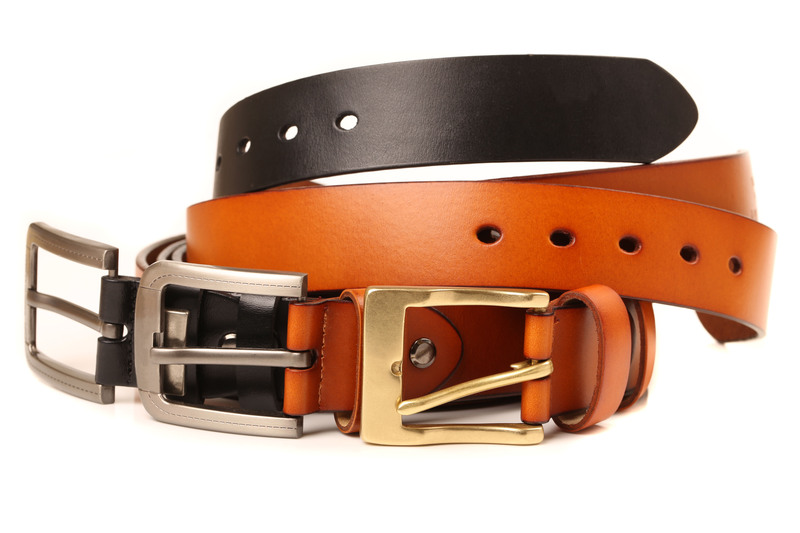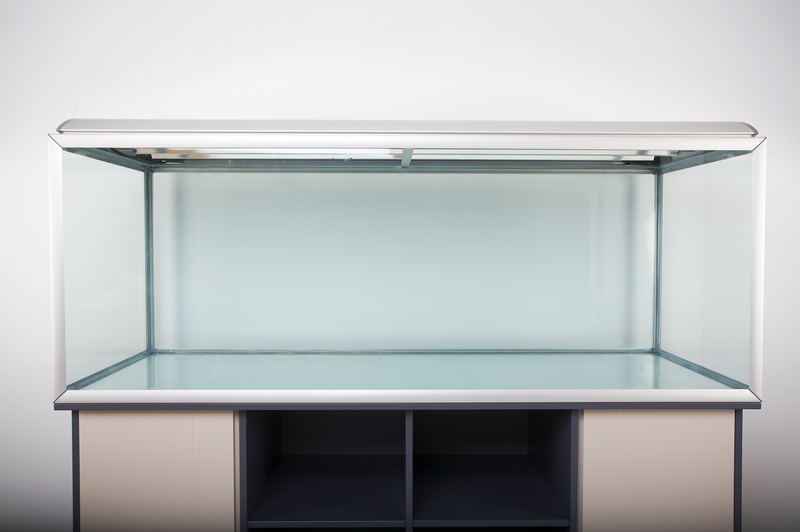Avoid Common Mistakes When Lifting Heavy Objects on Your Own
Lifting heavy objects without help is a part of many people's routines, whether moving furniture, transporting work materials, or performing household chores. However, improper lifting techniques can lead to serious back injuries, strained muscles, and other health problems. Being aware of the right practices can make a crucial difference in your personal safety and the efficiency of your task. In this comprehensive guide, we'll explore the most common mistakes when lifting heavy objects alone and provide practical tips on how to avoid them. Our objective? To keep you safe, healthy, and confident while handling heavy lifting tasks on your own.
Why Proper Heavy Object Lifting Technique Matters
Injury prevention should be your top priority whenever lifting substantial loads alone. The human body, particularly the spine and back muscles, is vulnerable to strains, sprains, and even debilitating injuries if overloaded or positioned incorrectly. According to the U.S. Bureau of Labor Statistics, overexertion and bodily reaction--including improper lifting--account for more than a third of workplace injuries. These injuries are not confined to the workplace: people also suffer back pain and hernias when moving objects at home. So, learning safe lifting techniques and avoiding common mistakes could save you pain, medical costs, and lost productivity.

Common Lifting Mistakes to Avoid
- Bending at the waist instead of the knees
- Twisting your body while lifting
- Not testing the weight before lifting
- Lifting with your back instead of your legs
- Failing to get a good grip
- Ignoring your environment
- Lifting and carrying loads that are too heavy
- Not using lifting aids or proper equipment
Let's discuss these mistakes in detail and learn how to avoid them when lifting heavy items by yourself.
Bending at the Waist Instead of the Knees
This is the most frequent mistake people make when lifting large or heavy objects on their own. Bending over from the hips puts significant pressure on your lower back, which can cause strains, slipped discs, or other injuries. To safely lift heavy objects by yourself:
- Squat down by bending your knees, not your back.
- Keep your back as straight as possible.
- Use the strength of your legs, not your lower back, to lift the load.
Twisting Your Body While Lifting
Rotating your torso while carrying a heavy object is a recipe for injury. Twisting pressure on the spine is a common cause of muscle pulls and disc problems. To avoid this mistake:
- Always turn with your feet, not your back.
- Point your toes in the direction you want to move.
- Keep the object close and pivot with your entire body.
Not Testing the Weight Before Lifting
Attempting to lift something without knowing its weight is risky. Unexpectedly heavy items can catch you off guard and lead to muscle, joint, or spinal injuries. Before you lift:
- Test the load by nudging or tilting it to estimate its weight.
- Judge if you can lift the item safely alone--when in doubt, ask for help or use equipment.
Lifting with Your Back Instead of Your Legs
Never use your back as the primary lifting force. The legs should do most of the work, as they have larger, stronger muscle groups. To avoid this common mistake when handling heavy objects:
- Keep your chest forward and back straight while lifting.
- Press up with your heels rather than arching your back.
Failing to Get a Good Grip
If you don't have a firm grasp, you run the risk of dropping the object, which can harm both you and your surroundings. Here's how to be smart about your grip:
- Use gloves with a good grip if necessary.
- Clear your hands of sweat, water, or oil first.
- Grasp the object securely before lifting it off the ground.
Ignoring Your Environment
Always inspect the area before attempting to lift something heavy. Clutter, uneven surfaces, narrow passages, or wet floors can all create hazards. Take these precautions:
- Ensure you have a clear path to your destination.
- Watch for tripping hazards--move rugs, toys, or other obstacles.
- Make sure the ground is stable and not slippery.
Lifting and Carrying Loads That Are Too Heavy
Never try to prove your strength by lifting something that is beyond your safe capability. Overestimating your strength leads to many lifting injuries. Instead:
- Know your physical limits.
- Break down the load into smaller pieces if possible.
- Use mechanical assistance if you're unsure (dollies, carts, sliders).
Not Using Lifting Aids or Proper Equipment
Modern safety equipment is designed for a reason! If you ignore it, you put yourself at unnecessary risk. Keep your safety first by using:
- Lifting straps or harnesses for furniture or appliances
- Furniture dollies for large or awkwardly shaped objects
- Work gloves to improve grip and protect your hands
- Sliders on the floor to reduce friction when moving heavy furniture
Step-by-Step Guide: How to Lift a Heavy Object by Yourself Safely
- Plan Ahead: Examine the item and the surrounding environment. Remove obstacles and plan your route.
- Test the Weight: Gently tilt or shift the object to estimate its heaviness. Decide if it's safe to proceed alone.
- Position Your Feet: Stand close to the object with your feet shoulder-width apart for balance.
- Bend at Your Knees: Squat down by bending your knees and hips, not your waist.
- Get a Firm Grip: Use both hands. Adjust your position for maximum stability and grip.
- Keep the Object Close: Hold the item as close to your body as possible to minimize strain and improve balance.
- Lift with Your Legs: Straighten your legs to stand up, using the power from your thighs, not your back.
- Maintain Good Posture: Don't twist or arch your back. Step and turn with your feet if needed.
- Move Carefully: Walk slowly and watch for hazards along your path.
- Set Down Safely: Reverse the lifting steps--bend your knees and keep your back straight as you lower the object.
Additional Tips for Safe Heavy Lifting
- Warm Up before any lifting tasks. A few stretches can get your muscles ready and reduce your risk of injury.
- Wear comfortable, supportive shoes to ensure stability.
- If the object is awkwardly shaped, get help or use lifting aids.
- Don't rush. Take your time to prevent careless mistakes.
- Hydrate: Dehydration can decrease muscle performance.
When Should You Ask for Help?
It's tempting to handle lifting tasks alone, but there are times when it's safer--and smarter--to get another person or use equipment:
- If the object is too heavy or large to maintain good posture
- If you have a pre-existing injury or condition (e.g., back pain, hernia)
- If lifting is required up or down stairs
- If the load cannot be split into lighter parts
- If you need to carry the item over a long distance
(Remember, it's not weakness--it's wisdom to protect your body.)
Long-Term Health: Benefits of Safe Lifting
- Prevents injuries: Avoiding the common lifting mistakes keeps your back, muscles, and joints in good condition.
- Boosts productivity: You complete tasks more efficiently and confidently when you're injury-free.
- Improves core strength: Correct lifting can actually build your leg and core muscles, supporting overall fitness.
- Encourages healthy habits: Safe lifting practices promote awareness that can be applied to other physical activities.

Key Takeaways: Avoid Common Lifting Mistakes
- Squat, don't bend, when handling heavy items alone
- Twist with your feet, not your spine
- Test the weight before committing to a lift
- Keep loads close to your body at all times
- Use proper tools and equipment whenever possible
- Don't ignore visible or hidden hazards in your environment
Conclusion: Handle Heavy Lifting Alone Like a Pro
Lifting heavy objects by yourself is not just about strength--it's about technique, preparation, and a commitment to your safety. Avoid the most common mistakes by remembering to bend at the knees, keep your back straight, avoid twists, and always assess the situation before lifting. With the right knowledge and mindset, you can prevent injuries and get your tasks done confidently and efficiently. Put these heavy lifting safety tips into practice, and you'll enjoy healthier, injury-free days now and in the future.
Still unsure about your ability to lift an object on your own? Don't risk it--seek additional help or use specialized lifting aids. Your back will thank you!
Remember: Proper lifting isn't just for the workplace. Apply these smart strategies at home, in the garage, or whenever you face a heavy lifting task. Prioritizing safety means you can stay active and injury-free for years to come.
Stay smart, stay safe, and lift with confidence--every time!



